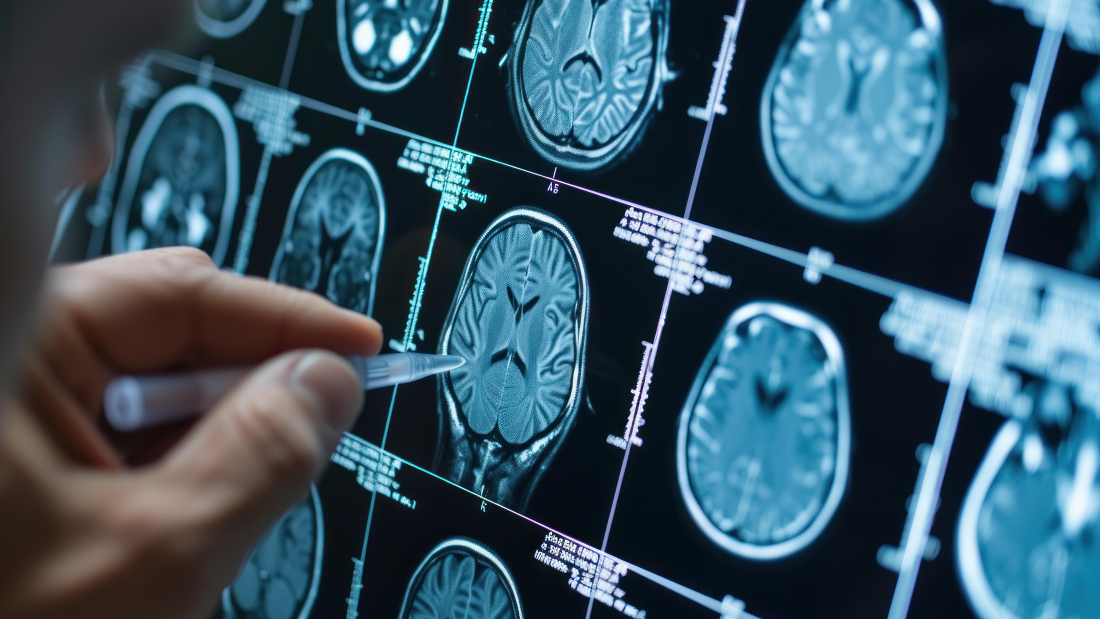FOMAT Medical Research has announced a new partnership with Link Neuroscience Institute, led by Dr. Bradley Hiner, a renowned expert in neurology. This collaboration focuses on advancing research in Parkinson’s, Alzheimer’s, and movement disorders, bringing together the resources and expertise of both organizations to accelerate breakthroughs in these critical areas.
Expanding Neurology Research Capabilities
The partnership aims to enhance FOMAT’s clinical research in neurology by leveraging Dr. Hiner’s expertise as a Key Opinion Leader (KOL) in Parkinson’s, Alzheimer’s, and movement disorders. Together, they are poised to offer a premier platform for developing and testing new therapies. This collaboration underscores FOMAT’s commitment to addressing critical unmet medical needs through innovative research.
“By joining forces with Link Neuroscience Institute, we’re opening new pathways to discover effective treatments for neurological disorders,” said Simon A. Corman, Chief Growth Officer of FOMAT Medical Research. “This partnership brings us closer to improving the lives of patients worldwide.”
Collaborative Efforts to Enhance Patient Care
Dr. Hiner, a Stanford-trained neurologist with extensive experience in research and patient care, emphasized that the partnership aligns with Link Neuroscience Institute’s mission to advance science and improve patient outcomes. The collaboration enables access to groundbreaking clinical trials, offering hope to patients and families affected by these complex conditions.
Benefits for Sponsors, CROs, and Patients
This collaboration is set to benefit sponsors and CROs, providing a robust platform for clinical trials and data collection, which accelerates the development of innovative therapies. Patients with neurological conditions also gain access to the latest advancements in research and treatment, helping improve their quality of life.
To learn more about this partnership and its potential impact on neurology research, read the full press release here.
About FOMAT Medical Research
As California’s largest research site network, FOMAT Medical Research is dedicated to advancing clinical research and improving patient outcomes. FOMAT collaborates with Sponsors and CROs to bring groundbreaking therapies to market across various therapeutic areas.
About Link Neuroscience Institute
Based in Oxnard and Santa Barbara, California, Link Neuroscience Institute offers specialized diagnostics and treatments for neurological conditions. Led by Dr. Hiner, the institute combines expertise with advanced technology to enhance patient care.

